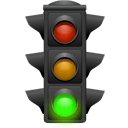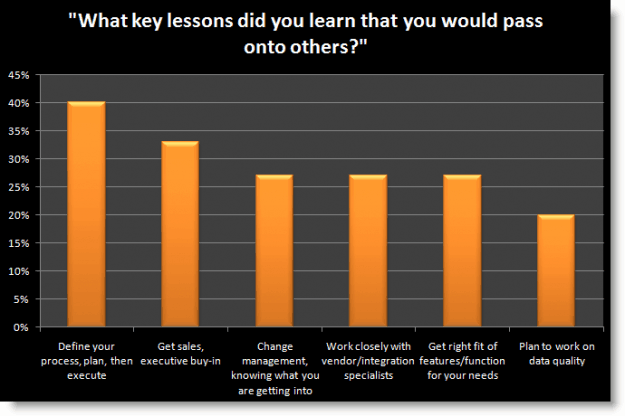Risk of Not Using Revenue Generation Software
 Experts estimate that only 2-5% of all companies use marketing automation, a component of revenue generation software. Businesses not using revenue generation software are at risk relative to their competitors who use these platforms. In this article we’ll look at the disadvantages of not using marketing automation and revenue generation software.
Experts estimate that only 2-5% of all companies use marketing automation, a component of revenue generation software. Businesses not using revenue generation software are at risk relative to their competitors who use these platforms. In this article we’ll look at the disadvantages of not using marketing automation and revenue generation software.
Revenue generation software can provide a considerable advantage for a business. With this software, B2B marketers have the ability to interact with leads in ways their competitors cannot. For example, competitors not using revenue generation software might dismiss a lead while the marketing automation adopter would place the lead into a lead nurturing program and close a deal later in time when they lead matures. Adopters can also take advantage of the opportunity to become experts on revenue generation software to stay one step ahead of their competitors. The longer companies wait to adopt these types of tools, the longer it will be until they establish expertise. This is even more relevant as revenue generation software adds more features and capabilities. It will be hard to learn all at once vs. learning iteratively.
In addition to gaining competitive advantage, there are many disadvantages of not using revenue generation software.
What are the risks of not using revenue generation software?
1) Website traffic will continue to be monitored at a macro level (a la what Google Analytics provides) instead of at the visitor level. Read our article entitled “track your website” to understand how lead tracking results differ from macro analytics packages.
2) Leads will continue to be passed from marketing to sales without proper qualification. Sadly, 80% of all marketers continue to send unqualified leads to sales. Read our article on sales and marketing alignment for more background.
3) The salesperson may have to manually check in with a large number of prospects on a regular basis. This is a continual problem and will only get worse as a company’s database and business grows.
4) Pulling reports may be tedious and sourced from incomplete or inaccurate data.
5) Sales and marketing people become inefficient as resources spend too much time on tasks that could be automated such as lead follow up, lead distribution, lead nurturing, email marketing, and sales prospecting.
6) Execution is slowed as the creation of new marketing resources like landing pages and web forms may be slowed down by the need for IT or web developer assistance.
Small, medium, and large sized businesses will greatly benefit from revenue generation software. Lead Liaison’s technology can help your business reduce the risk of not using revenue generation software. We can help your business save time and money while increasing revenues and leaving your competitors in the rear view mirror. Take the next step and see more benefits of revenue generation for marketers and more benefits of revenue generation for sales and contact Lead Liaison today.
What do you feel are the risks of not using revenue generation software?
To be alerted of future posts, please click on the RSS button.












